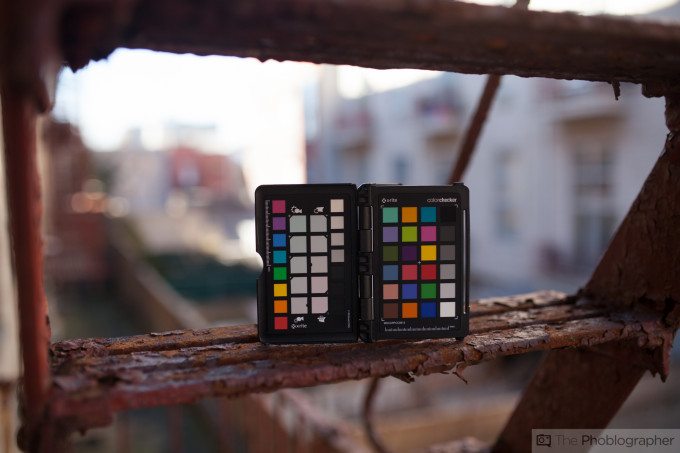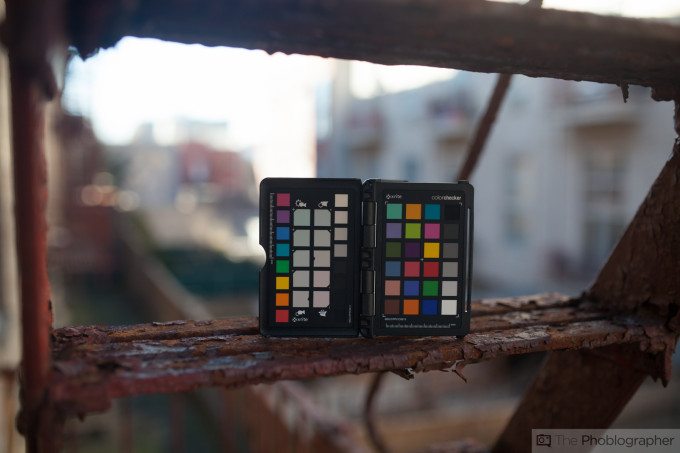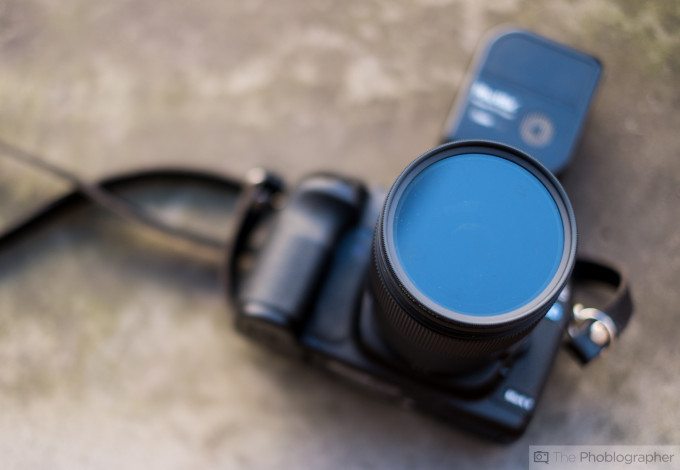Landscape photographers and those that want to overpower a flash are bound to look to ND filters. ND filters cut down lots of excessive light so that you can shoot at a slower shutter speed when photographing landscapes–but they also do more than that. When strobists use them, they use them to cut down on the effects of ambient light and to give the image a look similar to that of a strobe overpowering the sun. In effect though, it also cuts down how much strobe is in the image, so its power output needs to be congruently to how much light the ND is cutting down.
So if you’re wondering how an ND Filter affects your image, hit the jump.


What we did was shoot two images with and without the filter and ensured that the histograms were around the same. The ND filter is a very recently made variable ND filter and was set to the minimum setting.
As you can see, the ND filter tends to make the images a lot more neutral in terms of color rendition. What this means is that when shooting a scene, you’ll have more versatility due to the color being a bit more muted to begin with.
This was a very informal test, but you can clearly see that ND filters can give you a better start when editing your images. We will follow up with how Polarizing filters affect your images soon.


